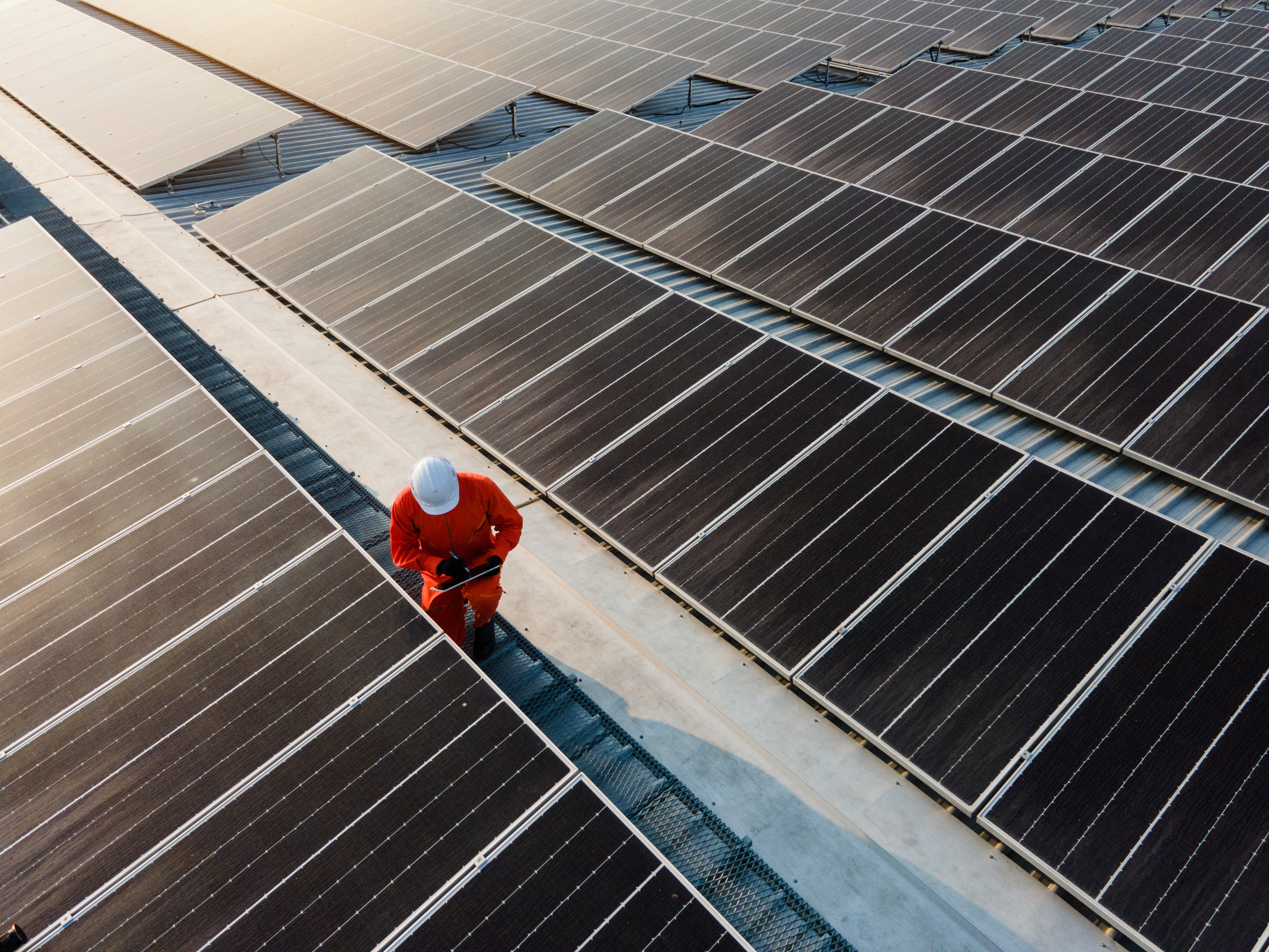Select Country
Don’t have your Nedbank ID yet?
Nedbank ID single sign-on gives you full digital access to Nedbank’s banking and lifestyle products and services on the Money app or Online Banking.
Log in
Log in to Online Banking or another one of our secured services.
Awards
Deals
- R4bn Tronox deal funds two 100MW solar plants
- Billions to help Redefine build green properties
- Harmony pursues green goals with R10 billion loan
- Cold solutions finance for cold storage facilities
- International Finance Corporation green bond fund
- Envusa energy deal: The way for renewable energy
- Paladin Energy senior debt funding partnership
- Renewable energy wind farm financing
- Stor-Age’s successful inaugural bond auction
- PlusNet, Peninsula Packaging and Barrier Film Convertors co-investment opportunity | Nedbank CIB
- IFC Green Loan | Nedbank CIB
- AngloGold appoints Nedbank CIB as sole underwriter | Nedbank CIB
- Nedbank CIB Property Finance Team achievement | Nedbank CIB
- PwC Tower, Westlands — Where Kenya's corporate vision meets world-class execution
Women of Corporate Investment Banking
Young Analyst Programme
Articles
- Africa's pathway to a climate-resilient economy
- Commercial property trends 2022
- Green energy in the developing world | Nedbank CIB
- How sustainable finance creates value
- How the property sector recovered in 2023
- FURTHER IMPACT empowerment for entrepreneurs
- There's a new buoyancy around water and sanitation
- What happens when finance meets sustainability?
- Africa’s renewable-energy projects
- Breaking barriers for energy transition in mining
- Nedbank CIB wins big at 2025 IFC Awards
- South Africa leads clean energy transformation
Conferences
Benchmark Reform
Corporate Finance
Financing
Investing
Markets
Transacting
- Login & Register
- Online Banking
- Online Share Trading
- NedFleet
- Register for Nedbank ID
- About us
- Awards
- Deals
- Explore About us
- Awards
- Deals
- R4bn Tronox deal funds two 100MW solar plants
- Billions to help Redefine build green properties
- Harmony pursues green goals with R10 billion loan
- Cold solutions finance for cold storage facilities
- International Finance Corporation green bond fund
- Envusa energy deal: The way for renewable energy
- Paladin Energy senior debt funding partnership
- Renewable energy wind farm financing
- Stor-Age’s successful inaugural bond auction
- PlusNet, Peninsula Packaging and Barrier Film Convertors co-investment opportunity | Nedbank CIB
- IFC Green Loan | Nedbank CIB
- AngloGold appoints Nedbank CIB as sole underwriter | Nedbank CIB
- Nedbank CIB Property Finance Team achievement | Nedbank CIB
- PwC Tower, Westlands — Where Kenya's corporate vision meets world-class execution
- R4bn Tronox deal funds two 100MW solar plants
- Billions to help Redefine build green properties
- Harmony pursues green goals with R10 billion loan
- Cold solutions finance for cold storage facilities
- International Finance Corporation green bond fund
- Envusa energy deal: The way for renewable energy
- Paladin Energy senior debt funding partnership
- Renewable energy wind farm financing
- Stor-Age’s successful inaugural bond auction
- PlusNet, Peninsula Packaging and Barrier Film Convertors co-investment opportunity | Nedbank CIB
- IFC Green Loan | Nedbank CIB
- AngloGold appoints Nedbank CIB as sole underwriter | Nedbank CIB
- Nedbank CIB Property Finance Team achievement | Nedbank CIB
- PwC Tower, Westlands — Where Kenya's corporate vision meets world-class execution
- Women of Corporate Investment Banking
- Young Analyst Programme
- Articles
- Africa's pathway to a climate-resilient economy
- Commercial property trends 2022
- Green energy in the developing world | Nedbank CIB
- How sustainable finance creates value
- How the property sector recovered in 2023
- FURTHER IMPACT empowerment for entrepreneurs
- There's a new buoyancy around water and sanitation
- What happens when finance meets sustainability?
- Africa’s renewable-energy projects
- Breaking barriers for energy transition in mining
- Nedbank CIB wins big at 2025 IFC Awards
- South Africa leads clean energy transformation
- Africa's pathway to a climate-resilient economy
- Commercial property trends 2022
- Green energy in the developing world | Nedbank CIB
- How sustainable finance creates value
- How the property sector recovered in 2023
- FURTHER IMPACT empowerment for entrepreneurs
- There's a new buoyancy around water and sanitation
- What happens when finance meets sustainability?
- Africa’s renewable-energy projects
- Breaking barriers for energy transition in mining
- Nedbank CIB wins big at 2025 IFC Awards
- South Africa leads clean energy transformation
- Conferences
- Benchmark Reform
- Solutions
- Corporate Finance
- Financing
- Investing
- Markets
- Nedbank Business Hub
- Transacting
- Explore Solutions
- Corporate Finance
- Financing
- Investing
- Markets
- Nedbank Business Hub
- Business hub lead form
- Business hub lead form
- Transacting
- Sustainability
- Explore Sustainability
- Contact us
- Explore Contact us
South Africa consumer spending expected to recover over the next 24 months
South Africa consumer spending expected to recover over the next 24 months
Reezwana Sumad, Shaun Chauke and Paul Steegers, Senior Equity Research Analysts at Nedbank CIB
2 mins
Nedbank CIB predict a recovery in South African consumer spending over the next 24 months, driven by lower interest rates, stronger currency and reforms.
After a turbulent period for the South African consumer, the macroeconomic environment is starting to look promising following the formation of the government of national unity cabinet. Prospects of higher growth, lower inflation, and interest rate cuts are likely to boost consumer consumption in South Africa over the medium term.
Although household finances are still not in great shape, as debt and debt-servicing costs have risen and disposable incomes have contracted, negatively impacting consumer spending, gains in household net wealth have been driven by those with access to property, interest, and other income.
For the first time since the Covid-19 pandemic, we are seeing encouraging signs of some green shoots of recovery of consumer spending over the next 12 to 24 months, boosted by expectations of lower interest rates, a stronger currency, lower inflation, and steady economic recovery.
Furthermore, the reform of the pension system, which suggests after-tax consumption as high as R37 billion for people earning below R350 000 per annum; legislative changes to the education sector, which could add another 500 000 more children to the early-childhood development institutions at a cost of R17 billion per year, inclusive of upfront infrastructure cost of R12 billion; as well as the extension of the basic income grant, costing R36 billion annually, could provide a near-term boost to consumption in South Africa.
While most consumer-related indicators are still profoundly negative, encouragingly, inflation fell to a year-to-date low in May 2024, with food inflation currently at a 4-year low, while most low- and medium-income households have seen their household inflation rates ease as well. This has supported consumption spending on durable and non-durable goods during the past 2 quarters, at the expense of services, as services inflation picked up rapidly at the start of the year. Although real disposable incomes remain constrained, nominal disposable incomes have gradually increased, and consumers are upbeat about their household finances, particularly over the next 12 months.
This is a welcome development after the cumulative interest rate hikes of 475 bps since November 2021, which saw household debt dynamics deteriorate. Debt to disposable incomes rose to their highest level since the 3rd quarter of 2021, making consumers cautious about taking on more debt, as household credit extension growth remains very low.
However, the consumer confidence index turned a corner in 2023, which suggests a recovery in credit extension to households and corporations is likely.
The index tends to be a leading indicator of turning points in private credit growth by roughly 4 quarters. It is currently deeply negative but recently improved by 2 index points to -15 points in the 1st quarter of 2024 from a recent low of -25 points in the 2nd quarter of 2023.
This suggests a bottoming of private credit growth in the 2nd quarter of 2024 and a potential rise in credit demand towards year-end and into 2025. On the other hand, GDP growth is expected to recover to 1.6% in 2026 from the 1.2% expected in 2024, and this recovery will create jobs in the local economy, improving consumer spending.
We also expect the impact and base effects of the Covid-19 pandemic to have worked themselves out of the system by 2025. Already, the number of people employed in South Africa is well above prepandemic levels, although higher growth levels are needed for a further recovery in the labour market. Our estimates show that for every 1% increase in employment, real consumption expenditure should rise by 0.6% (or R19 billion per annum).
On tourism, for every 1 million increase in the number of tourist arrivals, actual spending (at restaurants, hotels, recreation, trade, catering and accommodation) rises by R8.5 billion or 0,1% of GDP. These figures are small because the bulk of tourism spending in South Africa originates from domestic tourists. Nonetheless, a million more tourist arrivals into South Africa would boost growth by 0.2% but would not be enough to reach the prepandemic levels of 15 million holiday tourists (10.8 million arrivals in 2023).
The boost from pension reform through the 2-pot pension system, to be implemented in September 2024, shows that additional consumption could temporarily boost GDP growth by between 30-50 bps, spread over several months in 2024 and 2025. We have used tax filer data from the South African Revenue Service to estimate the potential withdrawal risk, the tax windfall and the potential short-term consumption boost. In short, our estimates suggest that if low-income earners access their savings ‘pot’ during the 1st year, it may boost after-tax consumption by as much as R37 billion.
Lastly, we anticipate 2 cuts of 25 bps each to the repo rate, taking it to 7.75% by end-2024. Savings from debt repayments are spent into the economy, and this should bode well for the health of the South African consumer over the medium term. Alongside this, lower inflation, higher growth and a rise in employment, together with the abovementioned idiosyncratic factors, should see consumption spending rise over the coming quarters.
With over 3 months of no load-shedding and continued investment in private-sector renewable projects, our estimates suggest that economic growth is already around 70 bps higher than it would have been if no embedded generating capacity were in place. The 2 forecast cuts to the repo rate by the end of 2024 should see savings from debt repayments being spent into the economy, and this should bode well for the health of the South African consumer over the medium term.
South Africa consumer spending expected to recover over the next 24 months
Nedbank CIB predict a recovery in South African consumer spending over the next 24 months, driven by lower interest rates, stronger currency and reforms.
Related posts
See allSouth Africa consumer spending expected to recover over the next 24 months
Nedbank CIB predict a recovery in South African consumer spending over the next 24 months, driven by lower interest rates, stronger currency and reforms.
By Reezwana Sumad, Shaun Chauke and Paul Steegers, Senior Equity Research Analysts at Nedbank CIB
Published 01 Aug 2024 in nedbank:cib/articles/investment

South Africa consumer spending expected to recover over the next 24 months
Nedbank CIB predict a recovery in South African consumer spending over the next 24 months, driven by lower interest rates, stronger currency and reforms.
Reezwana Sumad, Shaun Chauke and Paul Steegers, Senior Equity Research Analysts at Nedbank CIB
Published 01 Aug 2024






